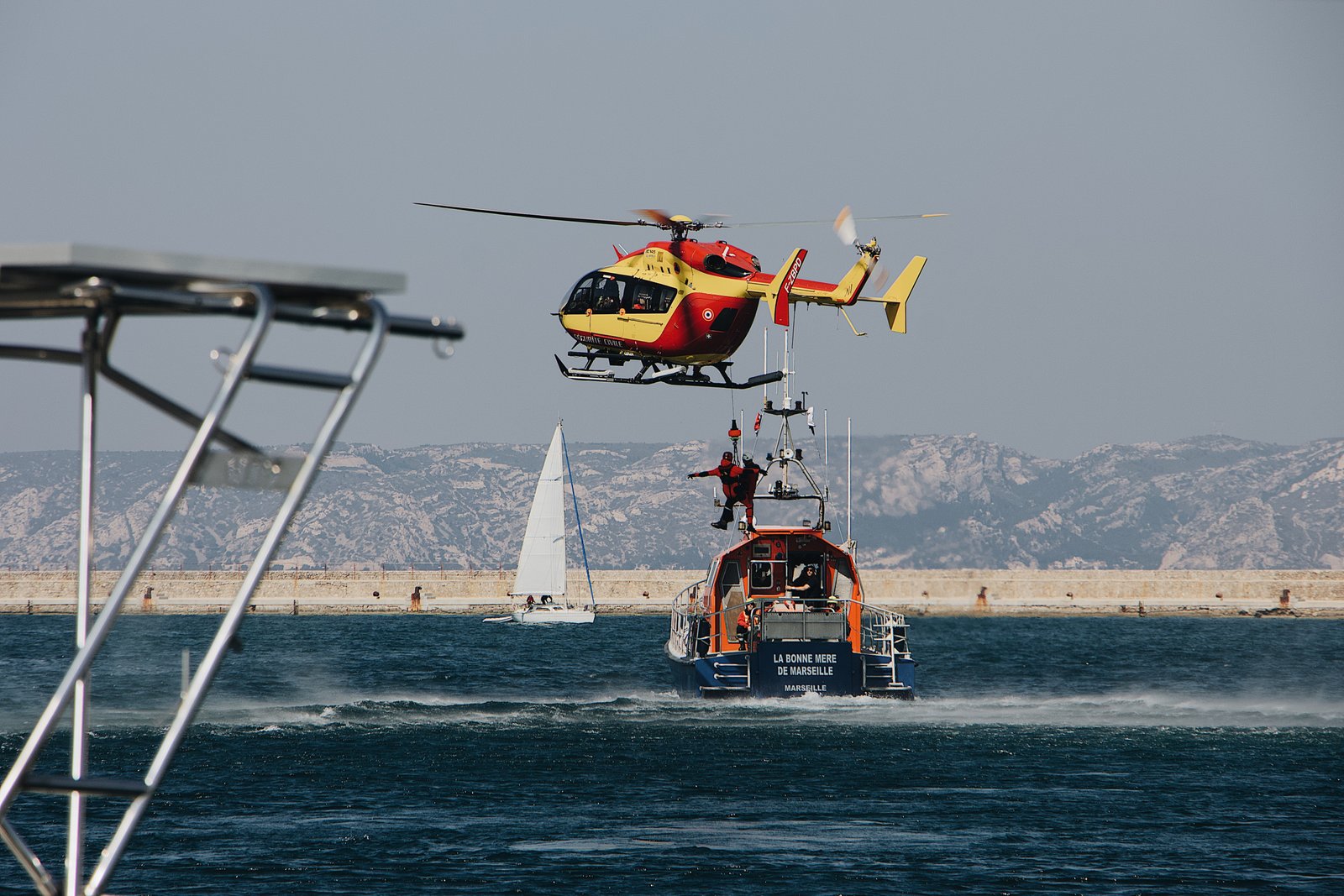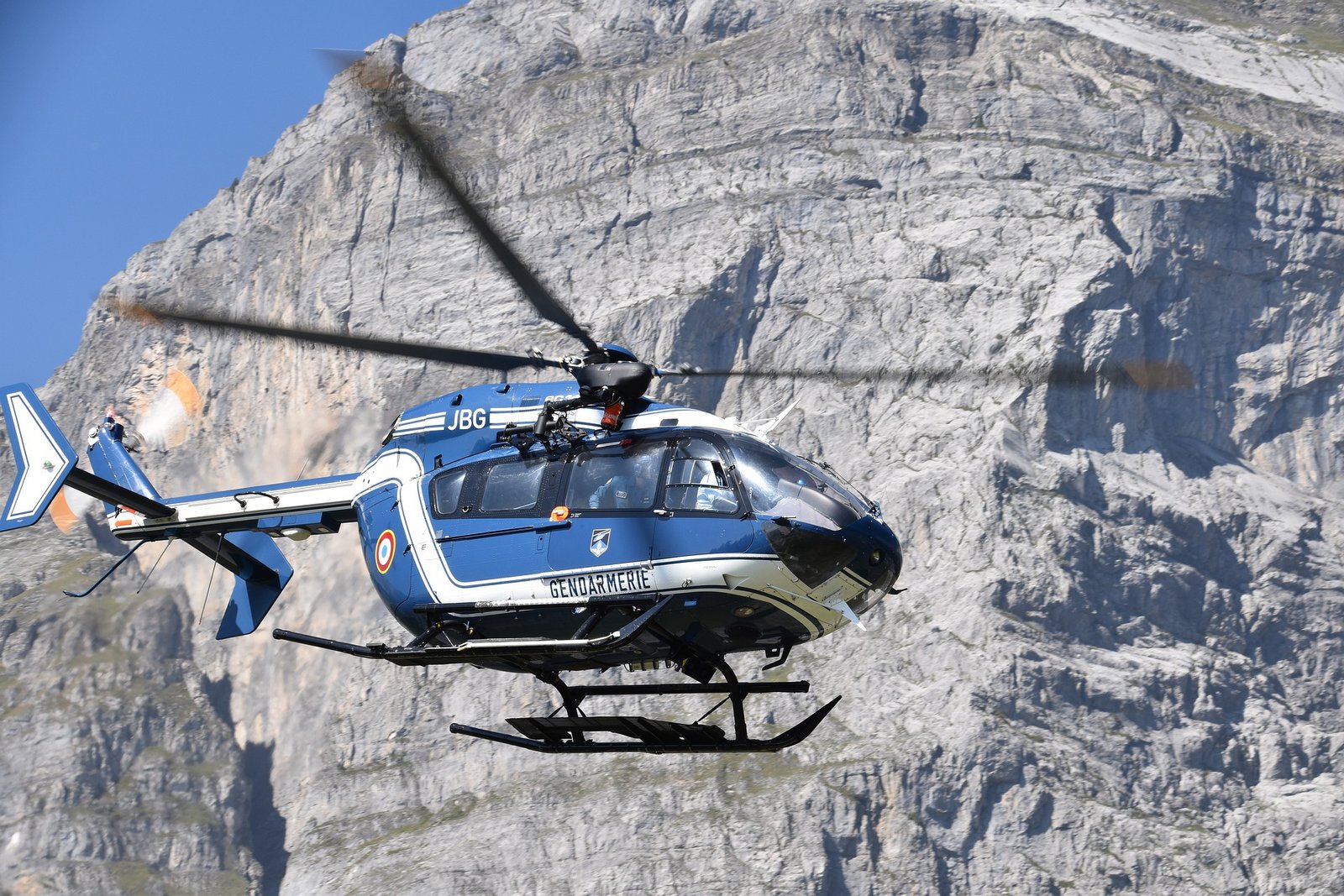Who are they ?
the Marseilles Fire Brigade Battalion (BMPM) or colloquially called “the battalion” is a unit of the french navy. Mainly present on the city of marseille, they also act on the area of the large seaport (Fos, Lavéra and Port-de-Bouc). The protection of the Bouches-du-Rhône is ensured by this military body as well as by the SDIS 13 which is the Departmental Fire and Rescue Service.
The marine firefighters were created on July 29, 1939, following a fire in the new Galleries, on the Canabière in Marseille, causing more than 70 deaths. In numbers, the battalion represents 400 intervention vehicles, 16 nautical devices, two helicopters and over 2400 people. Of the total staff, 81% are firefighters, 9% are part of the fleet crew, 4% are civilians, 4% are officers and 2% are part of the health service. Namely, 7% of the overall staff is female.

Their operation
Previously structured into 5 sectors, the Marseille firefighter battalion has, since May 2015, been made up of 22 Fire and Rescue Centers (CIS). This set is structured around two operational groups: one northern group, located at the Plombière Barracks and its CIS, as well as a southern group, located at the Caserne de Saint-Pierre with its CIS. Each of these groups is commanded by a senior officer. The other posts and barracks have all become CIS and are now only dedicated to interventions.
In order to meet specific needs, the BMPM has developed and specialized in different Specialized Operational Sections (SOS) which are 7 in number:
- SOS GRIMP (Specialized Operational Section Group of Intervention in Perilous Environment): this section has 4 machines, for 85 people and several hundred annual interventions in perilous environment.
- SOS SD (Specialized Rescue and Clearance Operational Section): they have 7 machines for a total of 135 people, plus around ten search dogs. There are about ten annual outings and about 30 additional dog outings.
- SOS AQUA (Specialized Operational Section of Aquatic Rescue): this section has 3 devices for some 80 divers and water rescuers. They count 600 annual interventions.
- SOS RT (Operational Section Specialized in Technological Risks): this section is broken down into two cells, the CMIC (Mobile Cell for Chemical Intervention) and the CMIR (Mobile Cell for Radiological Intervention). These two parts have a total of 120 people and around fifty annual interventions.
- SOS HELI (Specialized Helicopter Operational Section): this group is made up of 90 people, 6 vehicles primarily intended to project marine firefighters in groups of 11, called “sticks”.
- SOS DEPOLL (Specialized Operational Section for Pollution Control): no less than 160 people take action to reduce the impact of oil and other marine pollution.
- SOS IT (Specialized Operational Section of Technical Interventions): this section counts 100 people, for 10 machines and no less than 3 daily interventions which makes more than 1000 annual outings.
To these 7 Specialized Operational Sections is added theUMIMM which is the result of an association between the French national navy, the army health service and the city of Marseille. This Maritime Intervention Unit intervenes with the help of 9 SMUR agents (4 doctors, 3 nurses and 2 marine firefighters).

Training
If you want become a firefighter, you must meet various conditions, such as being at least 18 years old and having a 3rd grade school level. No specific course prepares for the profession of military like that of marine firefighter of Marseille.
The BMPM has a company dedicated to instruction and training: the 8th company. Since 1997, the school for firefighters has been part of the French Navy. It provides training for marine firefighters in Marseille, but also that of personnel intended to serve in naval bases, ie 800 students in total. It also allows the continuous training of marine firefighters who are destined for higher ranks and functions.
– The fire with 3 fire areas in closed environments which simulate fire ship, industrial and urban.
– The simulation and managed sea survival in an immersive way.
CETIS welcomes many partners who come to train in these techniques such as Michelin and Total for example.
If you would like more information on the recruitment of marine firefighters, officer staff, medical staff but also young sailor firefighters, do not hesitate to consult the links above.
To know
Moreover, in this period of health crisis, the marine firefighters as well as their doctors and nurses are present to carry out tests PCR on voluntary passers-by. This action makes it possible to unclog the laboratories. Admittedly, it represents only a small volume of test but nevertheless makes it possible to take charge of and record new cases of COVID-19.

